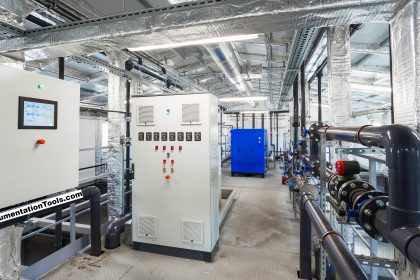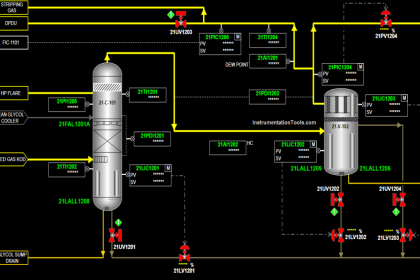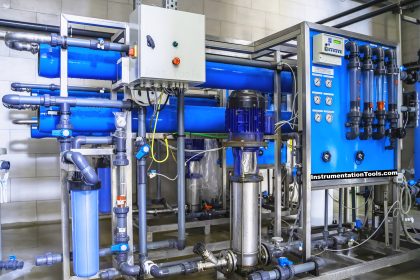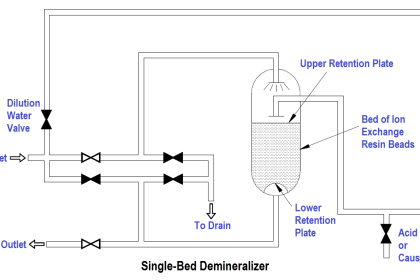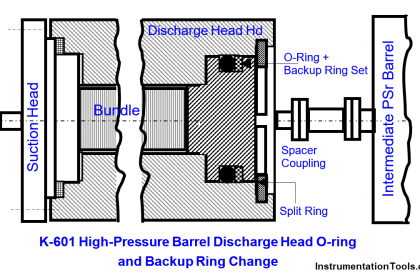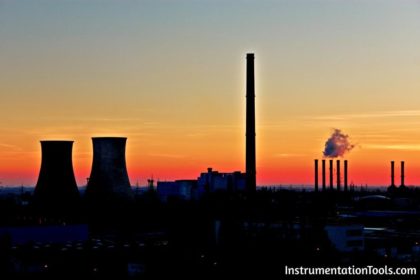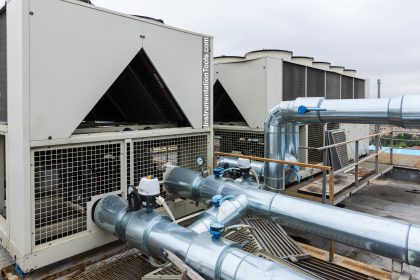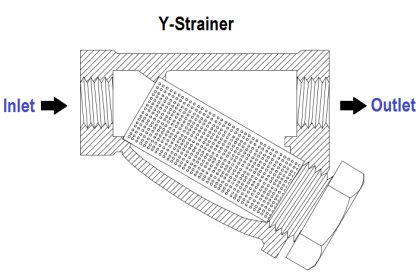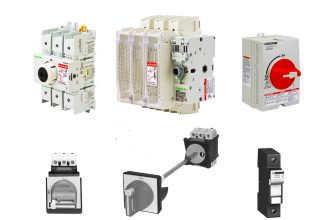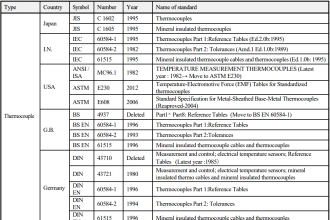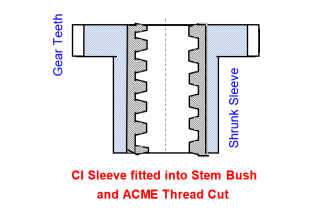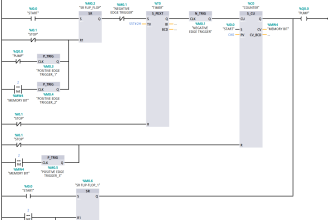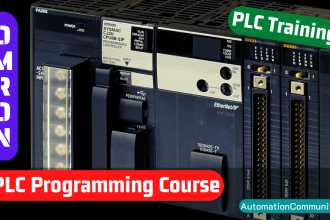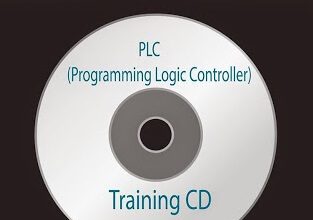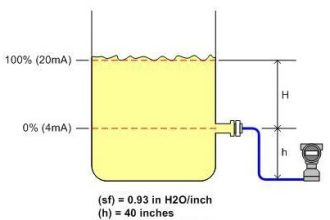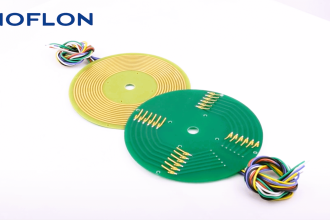Filtration is a process used to remove suspended solids from a solution. Other processes such as demineralization remove ions or dissolved ions. Different filters and strainers are used for different applications. In general, the filter passage must be small enough to catch the suspended solids but large enough that the system can operate at normal system pressures and flows.
Deep-Bed Filters
Deep-bed filters are usually found only in makeup water systems, where they are used to filter water after it has been treated in a clarifier. They are used to remove organic matter, chlorine, and very fine particulate matter.
A deep-bed filter is based on a support screen (decking), which is mounted a few inches above the bottom of the tank. The screen is perforated to allow water to flow through it. A coarse, aggregate layer of crushed rock or large lumps of charcoal is placed on top of the screen, and the deep bed itself (2 to 4 feet of granular anthracite or charcoal) is placed on top of the aggregate. The filter is sized so that there is 1 to 2 feet of “free board” above the deep bed.
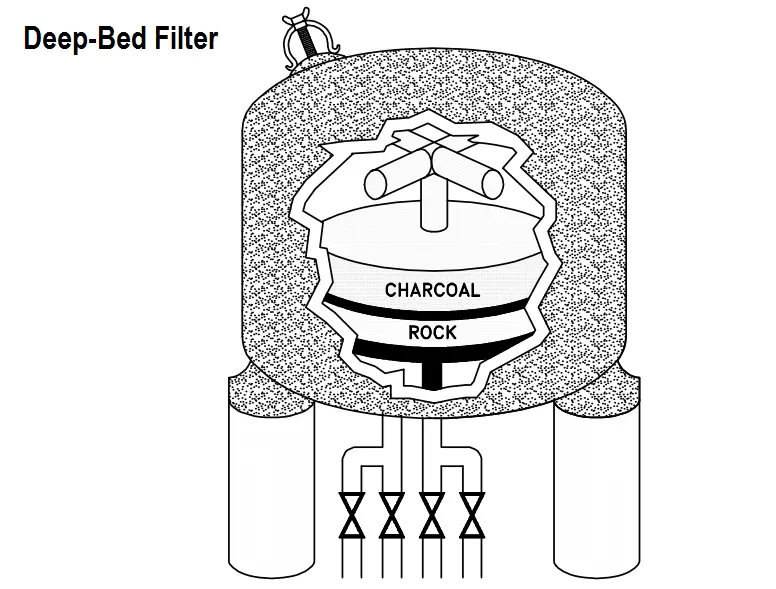
When the filter is in service, raw water is pumped in through a pipe that feeds a distribution pipe above the deep bed. The water is filtered as it percolates down through the granules. (Charcoal granules will filter out organic matter, chlorine, and fine particulates, while anthracite granules remove only the particulates.) The water collects in the bottom of the tank, below the support screen, and leaves the filter through a pipe in the bottom of the filter vessel.
Deep-bed filters, like precoat filters, are cleaned by backwashing. Water is pumped through the distribution piping near the top of the filter. The flow rate of the water is kept high enough to lift the granulated charcoal or anthracite up into the free space. The water washes away the deposits that have accumulated. When the backwash cycle is completed, the flow is stopped, and the granules settle back down into the filter bed. The filter can then be put back into service.
